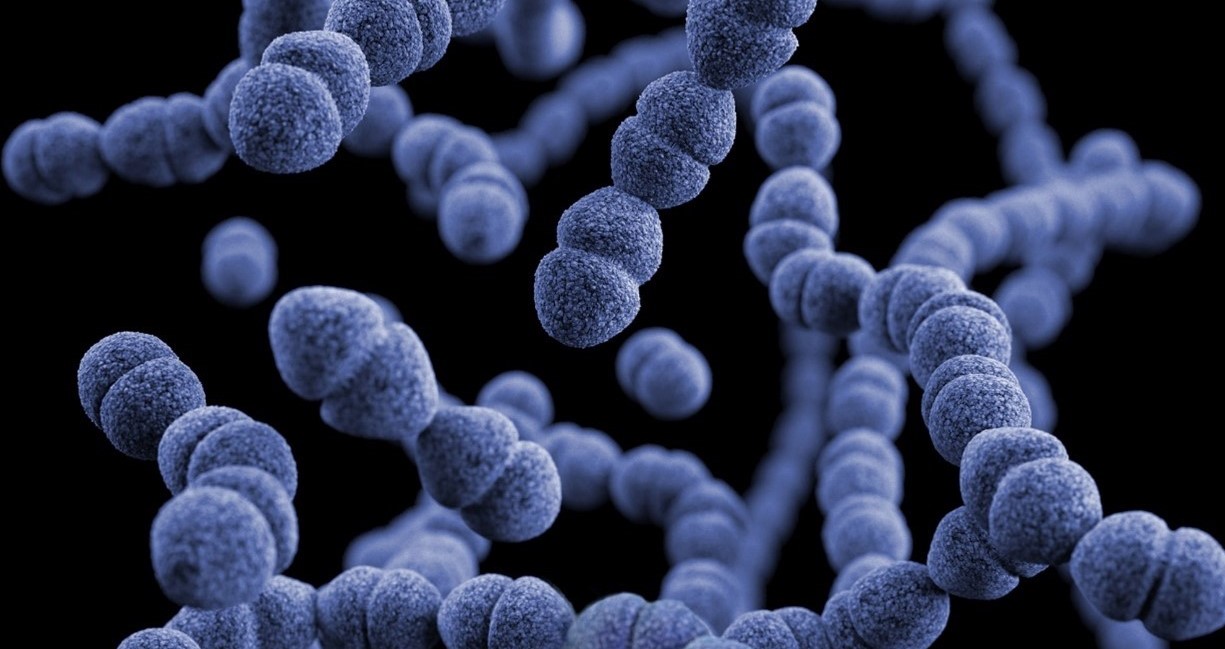Written by Chris Hellmund, Senior Medical Writer
Antimicrobial resistance is a major threat to global health that threatens to reverse the progress of modern medicine. More infections are becoming harder to treat, and without coordinated efforts we face a future in which minor illnesses and routine surgeries are once again associated with high mortality.
However, the implementation of strict controls on antimicrobial prescribing, coupled with high research and development costs, makes investment in antimicrobials an unattractive commercial proposition to drug manufacturers. Consequently, traditional reimbursement models, in which payment is linked to the number of prescriptions issued, do not incentivise the development of new antimicrobials.
Existing methods are not fit for purpose when evaluating antimicrobials
To tackle this issue, the National Institute for Health and Care Excellence (NICE), NHS England, and NHS Improvement are working together to develop a new subscription-style payment system for antimicrobials in which manufacturers are paid a fixed annual fee based on value to the NHS, regardless of the number of units sold. Traditional methods of economic evaluation under-value antimicrobials, because their benefits extend far beyond the population of patients who will receive the drug. Examples include:
- Transmission value – this refers to the benefits of a new antimicrobial in reducing transmission of a pathogen from people who have had treatment to other people, and reducing the incidence of resistant infection.
- Enablement value – this refers to the benefits of being able to perform medical procedures because of new antimicrobials for resistant infections with few treatment options.
- Insurance value – this refers to the benefits of reserving a new antimicrobial until resistance eliminates current alternatives as options, or being prepared for the emergence of widespread multi-drug-resistant infections against which only the new antimicrobial is effective.
- Diversity value – this refers to the benefits of new antimicrobials diversifying the range of treatments available, thereby reducing use of individual treatments.
Key features of the new framework for manufacturers
NICE is piloting a new framework by evaluating two novel antimicrobials (ceftazidime with avibactam, and cefiderocol). A key aim of this project is to refine its methods for potential rollout as a technology appraisal programme. The framework is modelled on the multiple technology appraisal process, with an external body (the Policy Research Unit in Economic Methods of Evaluation in Health and Care Interventions [EEPRU]) undertaking the evaluation and producing a health technology assessment (HTA) report. Manufacturers must submit evidence, but economic models are not required (although they will be considered if submitted).
Given that antimicrobials are generally licensed across a broader range of pathogens and clinical syndromes than other therapies, NICE acknowledges that it may not be feasible to comprehensively model each scenario. In these cases, one or more pathogen/clinical syndrome combinations will be selected for detailed study and modelling, informed by the area where the product has the greatest potential for addressing unmet clinical need or beneficially impacting public health. Other combinations will be considered, but bespoke models will not be developed; instead, a summary of relevant information will be provided. Identification of the key pathogen/clinical syndrome combinations will therefore be a critical part of the scoping phase.
Putting the framework into practice
Draft guidance has been published for the two pilot evaluations, revealing the potential challenges that might be encountered in a future technology appraisal programme. Both evaluations identified a lack of relevant clinical trial and observational study data. Clinical trials were not conducted in multi-drug resistant populations, and observational data were limited by small sample sizes and heterogenous patient populations. Therefore, in both evaluations, the EEPRU linked data from pre-clinical in vitro susceptibility studies with clinical outcomes using information gathered in expert elicitation exercises. Despite the associated uncertainty, this was acknowledged to be a reasonable approach in the absence of alternative evidence.
Neither evaluation was able to fully capture the additional elements of benefit described above. To account for the inability to fully capture the transmission, enablement, insurance, and diversity values of both drugs, the committee increased the incremental quality-adjusted life year (QALY) estimates by 20% and 50% in the ceftazidime with avibactam and cefiderocol evaluations, respectively. This highlights a need to develop methods to model and quantify these unique benefits.
Conclusions
This is the first time any HTA organisation has attempted to evaluate antimicrobials in this way. If successful, the programme may lead to increased investment in this challenging therapy area. However, the pilot evaluations have revealed some considerable hurdles that must first be overcome to fully capture the value of new antimicrobials.
If you would like to learn more about HTA submissions (including systematic reviews, health economic modelling, and medical writing), please contact us at Source Health Economics, an independent consultancy specialising in evidence generation, health economics, and communication.




